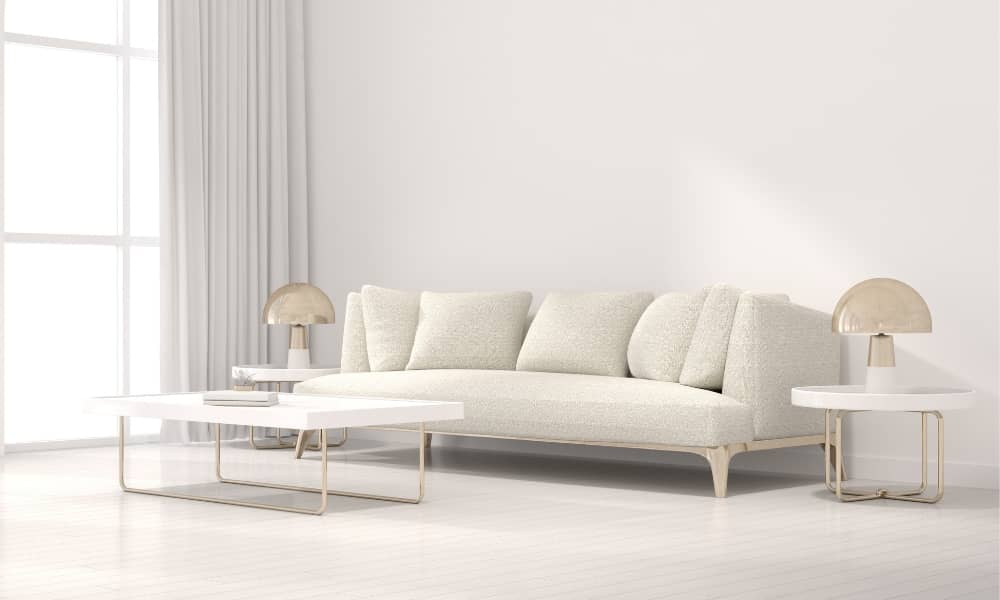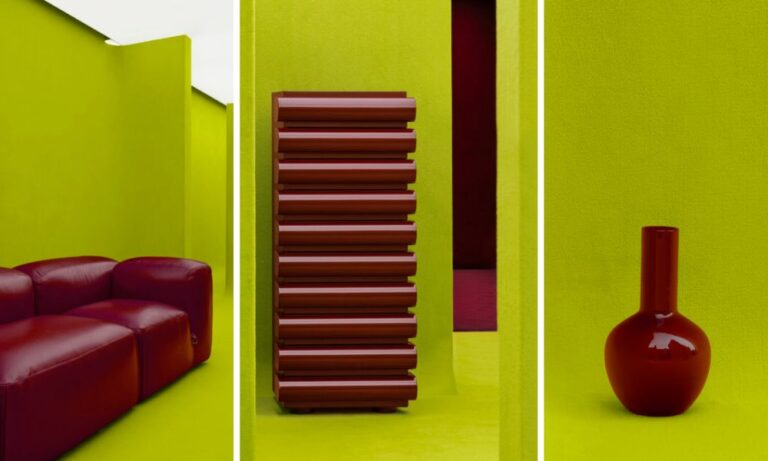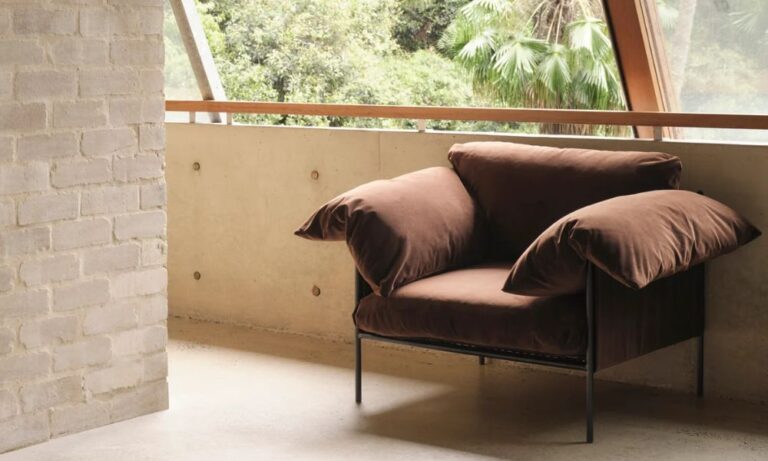You may have a well-stocked Pinterest board of inspiration and think you know the exact shade you’d like to paint your bedroom or living room.
But compared to perusing that sample swatch stand in-store, a colour can look completely different at home. When you actually spread the colour over a larger space it can look different again to that tiny cardboard square you’ve carried around for month.
So how to make sure you’re getting it right without dropping cash on the biggest size paint bucket there is?
There are a few things to consider:
1. The room’s purpose and size
Think about what you use the room for. Different colours can create different atmospheres, so choose colours that align with the room’s purpose. For example, calming blues and greens are great for bedrooms, while vibrant colours might work well in a playroom.
Lighter colours can make small rooms appear larger, while darker colours can add cosiness to larger spaces. Consider the size and proportions of the room.
Think also about adjacent rooms and hallways and how colours will flow from one room to another, ensuring a harmonious transition.
2. Existing décor
Consider the colours of your furniture, accessories and flooring. You’ll want the paint colour to complement and not clash with these elements. Take into account any architectural features like moldings, trim, or built-in shelving. These elements can be painted in contrasting or complementary colours.
Don’t forget that furniture or larger areas of textured materials like timber or concrete can reflect their own colour onto walls, changing the way your chosen paint colour might appear.
3. The impact of lighting
Where you are placing the colour and where the natural and artificial light sources come from can play a huge part in your perception of a colour.
Rather than just doing one spot, test paint samples in the room under different lighting conditions to ensure you like the way they look.
Live with the sample colours for a few days to see how you feel about them in different lighting and times of day.
4. The difference between cool and warm tones
Paint experts Dulux say it’s important to really understand the difference the undertones of paint can have when spread over a larger areas. Warm whites can have undertones of yellows pinks and oranges, and can help introduce softness and a welcoming feeling into any space.
Cool undertones can have hints of blue, purple or green, and suit contemporary and modern, open-plan spaces that attract plenty of natural light. Cooler colours can help neutralise brighter light, perfect for north and west-facing spaces.
If a room is bright and airy, cooler colours can be used, but if a room is slightly dreary it might need lifting with a bit of warmth.
The vast array of whites in particular can be overwhelming. It helps to speak to the experts at your local paint supplier as they have a wealth of information about which environments the different options work best in. Still stumped? Try taking the neutral ground. Soft mid-toned neutrals are the most popular wall colours, after white.
5. Paint finish
Consider the finish (e.g., matte, eggshell, satin, or semi-gloss) for durability and your desired aesthetic. High-traffic areas may benefit from more washable finishes.
Don’t forget to consider the right preparation before you jump in with the colour you want.
Applying an undercoat can be an important step as it will help ensure you’re getting as close to your desired colour as possible. Painting over an existing colour, particularly a dark one, can have a big impact on the end result.
Invest in good-quality paint to ensure a smoother application and longer-lasting results.







